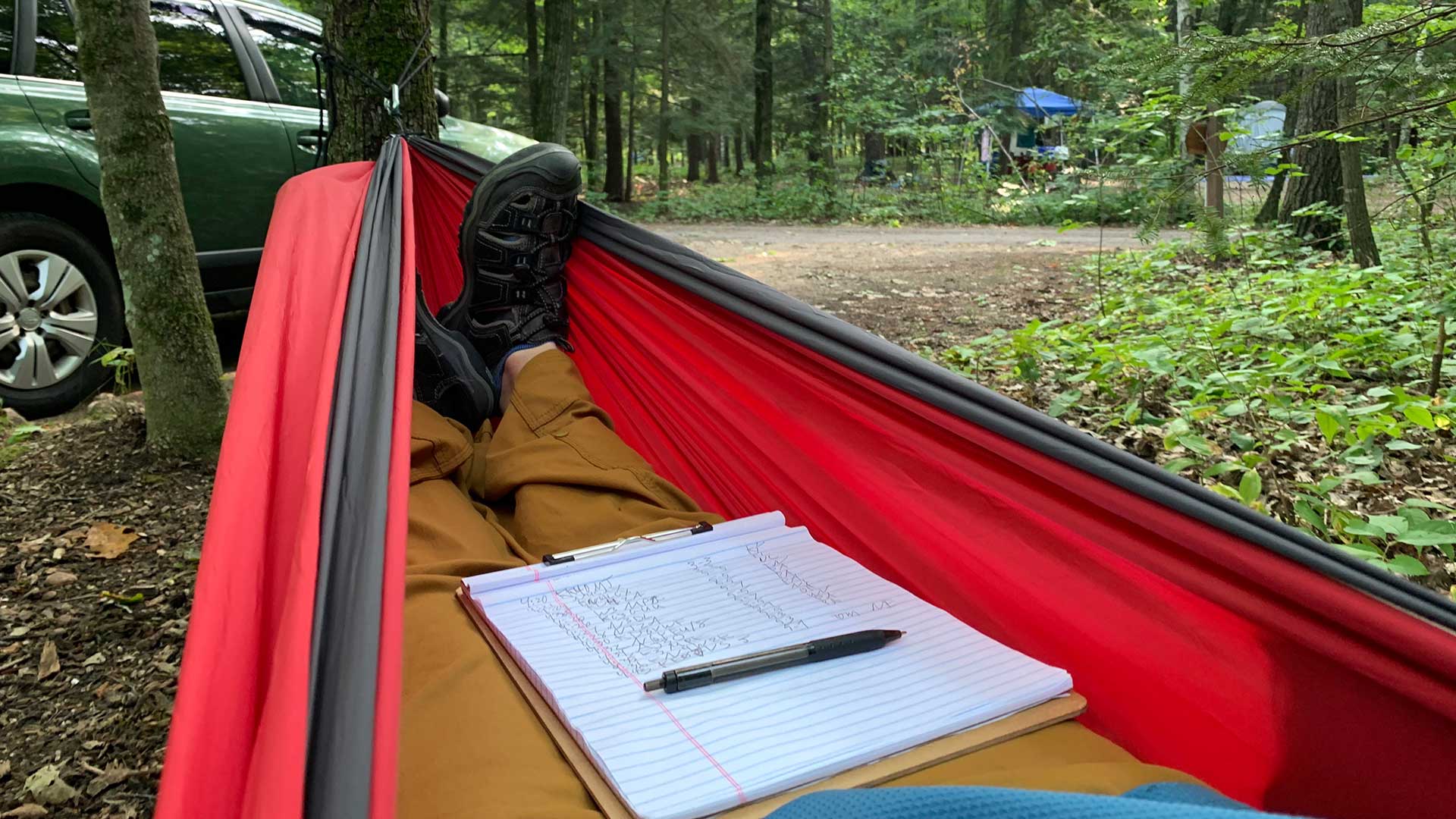

About a third were children or teenagers, and about half were adults aged 18-45. They were virtually all white (less than one-tenth of one percent were African American), and men outnumbered women by a slight margin, 52 percent to 48 percent.īy today's standards, the immigrants were young. The 1870 census shows that over a million people came to live in the state. Immigrants flooded into Wisconsin beginning in the 1840s. White settlers rushed into areas only recently left vacant by Indian removals. The first quarter of the 19th century was marked by westward migration into the regions north and west of the Ohio River. Wisconsin grew tremendously during this century, transforming from a frontier to a modern and increasingly industrial state. Railroads closed distances between cities and allowed for the transport of goods in and out of the state. Most of this money went toward construction, land investment, and development projects that state leaders hoped would propel the state’s economic growth and increase settlement. Lumbering, mining, and land sales generated most of Wisconsin’s wealth in the early years. Most settled on farms, and all came seeking opportunity. Some came from the eastern United States and others came from Europe. Thousands of immigrants poured into Wisconsin in the 19 th century. The National Museum of the American Indian is part of the Smithsonian Institution.Wisconsin 19th-Century Immigration and Growth | Wisconsin Historical Society And if you’re headed to the east coast, the National Museum of the American Indian has sites in New York and Washington, D.C. The Milwaukee Public Museum also has Wisconsin Indian exhibits. Want to learn more about the Potawatomi and other Wisconsin Indian nations? This summer, take a day trip to a Wisconsin Indian tribal museum! Most Wisconsin Indian nations have a museum and cultural center. Each nation has its own unique language, culture and history. The Potawatomi came to Wisconsin in the 1600s. The other four nations have lived in Wisconsin much longer. The Oneida, Stockbridge-Munsee and Brothertown Indians came to Wisconsin from New York in the 1820s. The Ojibwe are further divided into six bands: Lac Courte Oreilles, Lac du Flambeau, Red Cliff, Bad River, Sokaogon (Mole Lake), and St. The other five are the Oneida, Stockbridge-Munsee, Ho-Chunk, Ojibwe, and Menominee.Ī seventh nation, the Brothertown, lost its federally-recognized tribal status in the 1800s and is working, today, to restore it. The Potawatomi are one of six federally-recognized Indian nations that today call Wisconsin home. Robert wonders, too, what happened to the fort and carving. Meanwhile, a Potawatomi boy named Robert listens to the story about his ancestor. While spending the summer in Door County, a boy named Wyatt decides to look for the carving. It was lost during a legendary battle at Fort Mechingan, somewhere deep in the woods of what is now Door County, Wisconsin.įlash forward to modern day. Wyatt’s Woods, written by Harold Thorpe and published in 2013 by Little Creek Press, is the fictional story of Red Eagle, a Potawatomi Indian boy who, three hundred and fifty years ago, carved a small bear out of limestone.


 0 kommentar(er)
0 kommentar(er)
